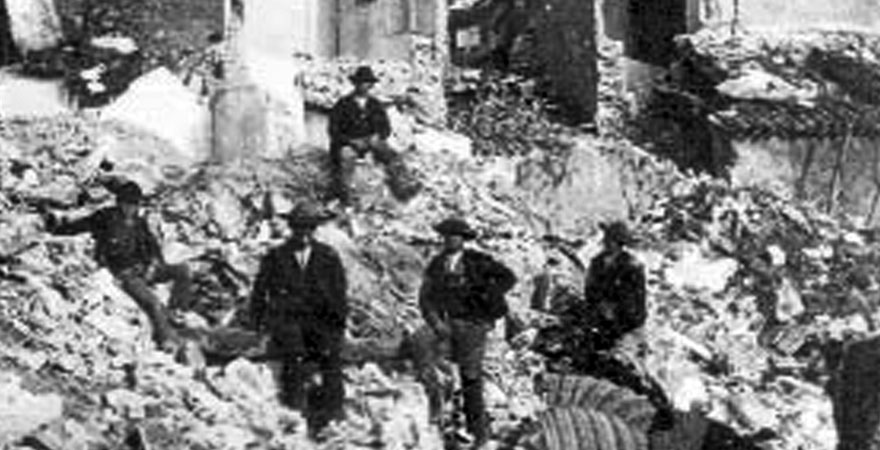History of the most horrific earthquake on Christmas day
Christmas is a happy day, but this wasn’t the case in Andalucia, Spain on 25th December 1884. The day began just like any other Christmas day. The people were excited to enjoy the forthcoming festivities with friends and family.
Severe damage
At eight minutes past nine, in the evening, the Ventas de Zafarraya vibrated for about 20 seconds. The vibrations resulted from the impact of the African tectonic plate on the European plate. This resulted to the most destructive earthquake in Andalucia’s history.
Places such as Arenas de Rey, the hamlet of Guara, and others were reduced to rubble and had to be constructed to scratch. Albunuelas was the most affected. Here, over 200 people died, and over 500 were injured. Experts report that the village was most hit as it stood on waterlogged soil.
Most of the critically damaged houses were the modern ones. Those constructed by the Moors fared better. This is attributed to the fact that Moorish houses were constructed better.
A closer observation showed that the houses had lead between the joints; thus they were able to absorb the earthquake movements. There are also theories that the moors knew where to construct their houses, away from the fault lines.
As a result of the earthquake, a total of 14,000 homes were destroyed, 1800 people injured and 750-900 people died.
Word getting out
While the disaster was huge, many people in Spain didn’t know about it. This is because the affected villages were located in remote areas. The El Defensor de Granada was the first print to cover the disaster on the 29th of December.
Even after the print had featured the catastrophe, many national media houses put it down as they felt that it was exaggerated.
Due to this, correspondents weren’t sent until January the 8th. The outside world came to know about it much later after some media outlets such as L’Illustration journal, Universal, illustriette welt, and La Illustraciom Espanola Americana featured it.
The outlets featured graphic images of the ruined towns. There were also haunting images of people searching for their loved ones, and others of wild pigs feeding on the unearthed corpses. These are the images that caught the people’s attention.
Aid
Once people got to know about the disaster, they rushed to help. Most magazines and journals started relief funds to support the affected. The first outside aid to reach the survivors came from a fund that was created by an El Defensor de Granada editor. Over 40 countries sent their donations, and a total of three million pesatas were collected.
While the aid was of great help, many people felt that had the disaster being covered earlier; most people wouldn’t have died. It is said that many injured people succumbed due to the excessive cold and heavy snowfalls, as they spent a number of days in the cold.
Lessons learned
The people of Andalucia learned many lessons from the earthquake. All newly constructed houses were no more than two stories and no more than nine and a half meters tall. The streets were made more prominent with all the streets made 10 meters wide. The only exception was in Albunuelas, where there is land scarcity. Here the roads are six meters wide.
Before any building is put up in the area, it goes through many steps to ensure that it’s constructed in the best methods and using the best materials that can withstand the earthquake.

